This essay will argue that the political stage, for the majority of the nineteenth century, was set against the back-drop of religious questions of such centrality, that they defined to a great extent the political parties of the day. However, to discover how these conflicts affected the political arena, we must first understand what the significance and nature of these divisions were to the mind of a nineteenth century citizen. We must then examine how and why these divisions were in turn represented and reflected in the nineteenth century party political agendas.
The nature of the religious divisions, in the nineteenth century, were primarily concerned with inter-church conflicts. In a society in which the Christian religion was largely accepted by the majority of the population (although this was becoming harder to assert by the end of the century), the Christian denominations saw their major threat coming not from increasing secularisation or other religions but from rival churches across the ecclesiastical landscape. These divisions, which may seem irrelevant and unimportant to the modern mind, tore into the essence of the Christian vision for society, and were therefore robustly fought over by Christians in differing churches.
The single greatest division between the churches came over the question of the Establishment. The debate could be characterised as whether or not you believed that there should be some degree of organisational overlap between the church and state (Rivers, 2000). In Britain, the establishment of the Church of England by Henry VIII served as a symbolic indication that state itself is in some way Christian. Establishment has meant ‘primacy of prestige’ for the Church of England, manifested in cultural ceremonies and significantly with the continuing link to the monarchy, who is both head of state and head of the church (Wolffe, 1994) .
Although complete unity of the church and state, as seen in medieval times was rejected by the Toleration Act of 1689 (Rivers, 2000), at the dawn of the nineteenth century, establishment had led to a form of religious apartheid. The Free Churches had to suffer under discriminatory laws, or disabilities, which dictated that they had to accept the ministrations of the Church of England for all of the most basic of Christian rites such as births, baptisms, marriages and burials (Worrall, 1993). Furthermore, the non-conformist churches had to pay rates for the Anglican parish church that they did not wish to attend and could not graduate from the elite universities.
However, the non-conformist community were not simply dissenting for pragmatic reasons but for profound theological, political and philosophical ones as well (Worrall, 1993). The Free churches believed it to be fundamentally wrong to have the church and state bound together. Establishment jarred with the Free Churches emphasis on equality and their conviction of the importance of free volition in man’s dealing with God, without the unnecessary intervention of the state.
The Anglicans on the other hand, emboldened by the theology of ‘natural law’ believed that the Church of England was divinely ordained by the providence of God and uniquely positioned to advance the Kingdom of God. Having witnessed the French and American uprisings, they were fearful that any move towards disestablishing the Church of England would lead to further unrest and an unravelling of the Christian fabric of the nation (Worrall, 1993).
Inevitably, due to the almost universal relevance to nineteenth century Britain, these divisions expressed themselves forcefully on political issues. Although not entirely uniform, the two major political parties, the Liberals and the Conservatives, positioned themselves on either side of the religious divide.
Famously it was the Anglicans who were characatured as the ‘Tory party at prayer’. The Conservative party, the historic party of the landed elite, had the natural inclination to conserve and protect the traditions and institutions that had been handed down to them. As the Conservative Prime Minister, Disraeli believed, religion was part of the necessary cement of the social order and that this was best served by the continuing connection between the church and the state (Wolffe, 1994). The Conservative party were to act as the defenders of establishment.
The Liberal Party, however, which emerged from the Whigs and Radicals in the 1860s, became the party which advocated the necessity of dis-establishment. There was significant diversity of opinion within the Liberal Party itself between the more moderate Whigs who were essentially conservative but wanted to reduce the churches’ political autonomy and the more progressive radicals who wanted a complete end to government-sponsored religion (Wolffe, 1994). However, it was from this element within the party that the Anti-State-Church Association was founded, named the Liberation Society in 1853, which was a powerful force within the Liberal Party.
The Liberal party’s egalitarian ideals of levelling down the religious institutions and principles of autonomy and personal freedom, were of great appeal to the masses of the Free church constituency. Although Gladstone, the Liberal Prime Minister, never shook off his personal belief in the importance of the established church, he nevertheless built the identity of his party around the non-conformist agenda of religious equality (Bebbington, 1993).
The religious divisions were reflected in the nature of the political issues being tackled by the respective parties. The question of education, for example, was controversial not because of differing beliefs about the importance of an educated society but because of Free Church concerns that the Church of England were indoctrinating their school children with Anglican theology. So although the Liberal’s 1870 Education Act brought primary education for the first time for all, it led to a ‘Non-Conformist’ revolt who preferred a policy of no religious teaching in schools rather than state interference with religious instruction (Bebbington, 1993).
The victories over the most controversial aspects of the establishment were proof of the head of steam that had been created to force the political parties to act. The repeal of the Test and Corporation Acts (1828) was seen as a major step forward towards dis-establishment, enabling greater legitimacy and freedom to the Free churches (Worrall, 1993). Gladstone’s brave step to disestablish the Church of Ireland in 1871, some forty years before the formation of the Irish Free State, was a further victory which demonstrated how the religious divisions affected the actions of the political parties.
The fact that the expected progress towards full dis-establishment never materialised, was in part because the very removal physical disabilities left only theoretical objections to establishment which didn’t engender the same public outcry. In addition, as class issues began to replace religious divisions at the end of the century, the controversy over establishment started to fade in importance.
In conclusion, I have argued that religious questions, for all but the end of the nineteenth century, were of such existential importance to society that they could not but spill over into the political sphere and shape the priorities and agendas of the political parties.
Bibliography
D. Bebbington, William Ewart Gladstone, Wm. B. Eerdmans Publishing Co, 1993
J. Rivers, Disestablishment and the Church of England, in Christianity in a changing world, Cambridge Papers, 2000
J. Wolffe, God and Greater Britain: Religion and National Live in Britain and Ireland 1843-1945, Routledge, 1994
B.G Worrall, The Making of the Modern Church,New Edition, SPCK, 1993
How were the religious divisions of the nineteenth century reflected in its political parties?

For 18 years David Alton was a Member of the House of Commons and today he is an Independent Crossbench Life Peer in the UK House of Lords.
Social Media
Site Search
Recent Posts
£1 Trillion – Raised In Parliament Today. The Cost of Reparations In Ukraine and Bringing To Justice Those Responsible.
https://youtu.be/xlEfrgwELvc Alongside the...
Stop Perpetrators Getting Away With Genocide – Public Letter sent to the UK Prime Minister and Foreign Secretary on the Genocide Determination Bill 2023-24. The letter was published this morning, 17 April 2024, 06:00 am UK time.
Stop Perpetrators Getting Away With Genocide -...
